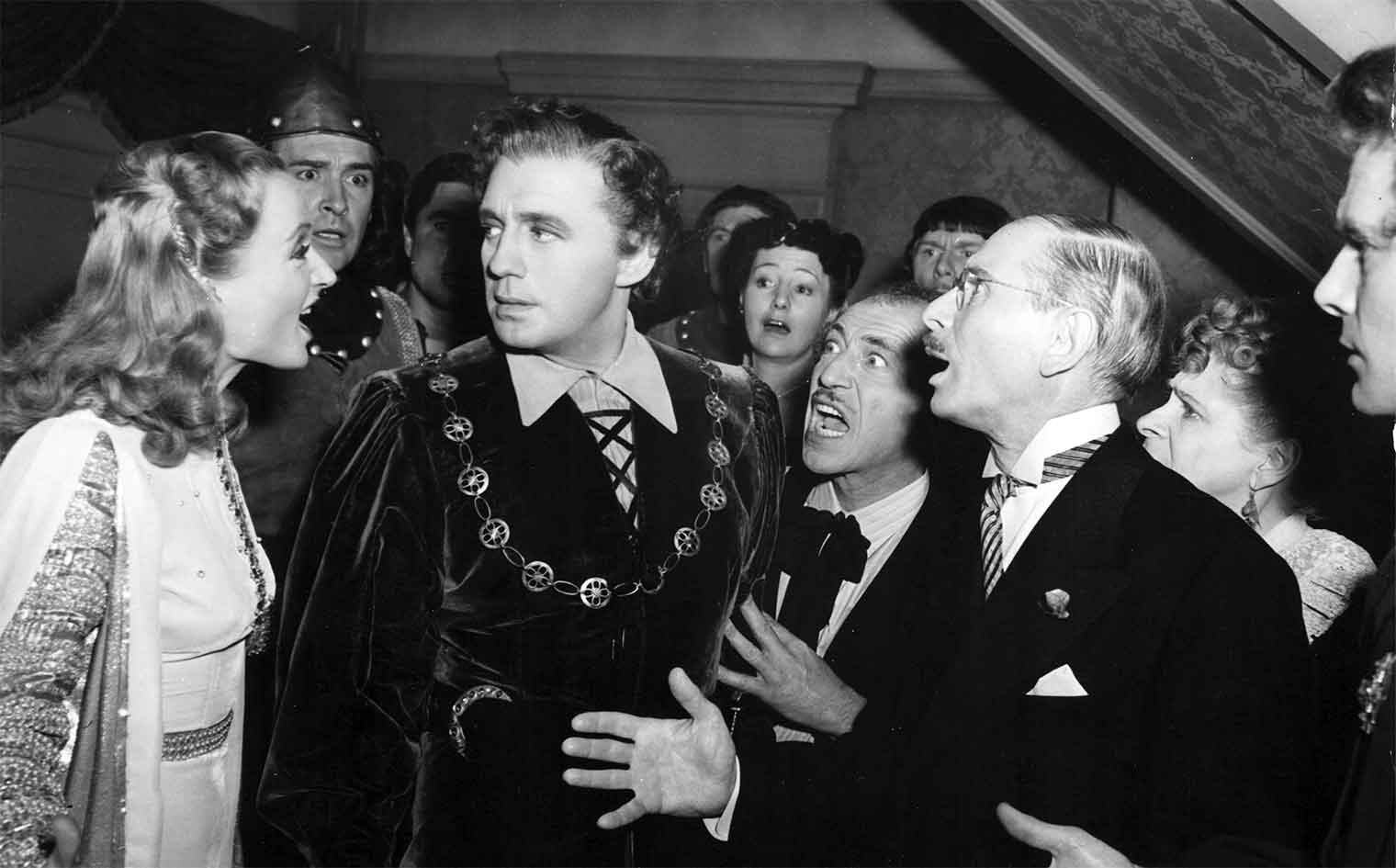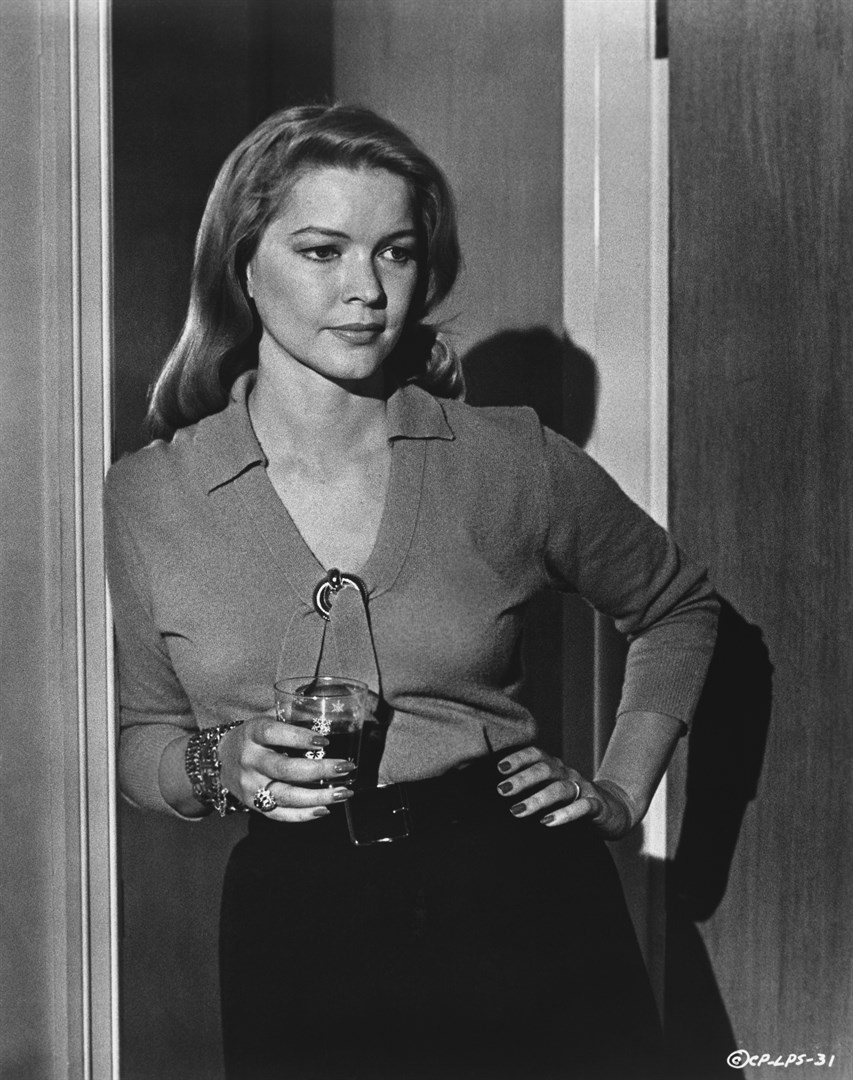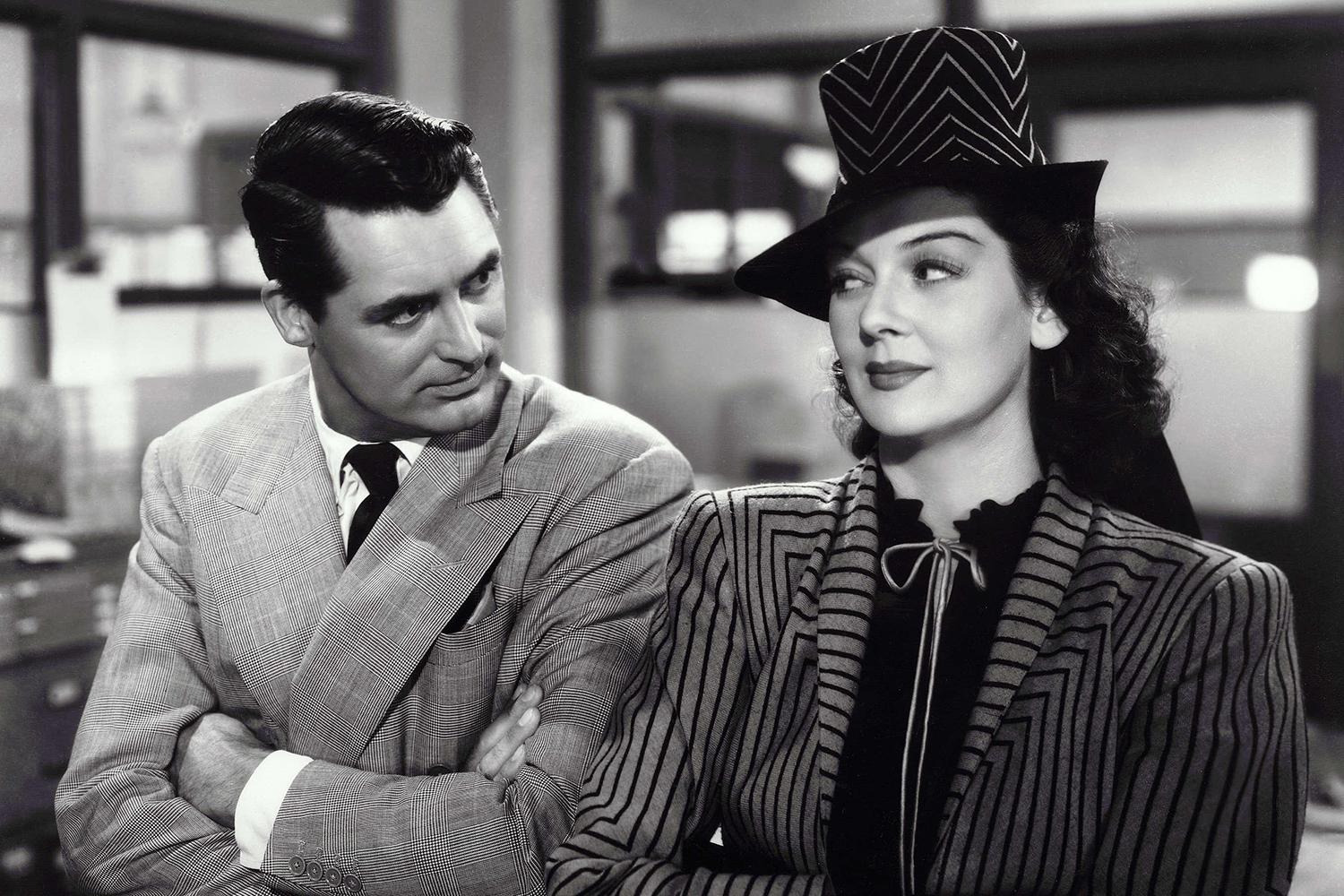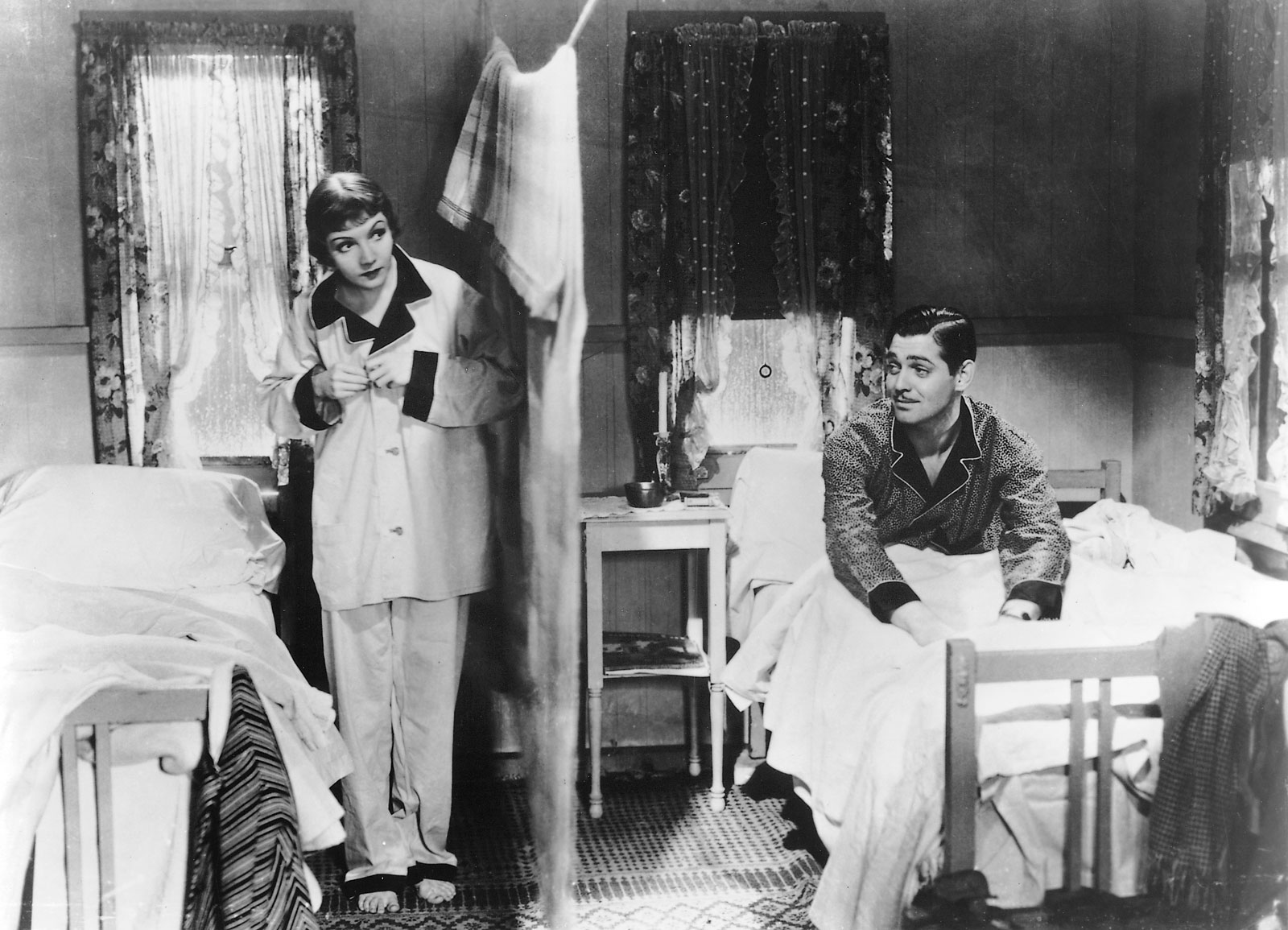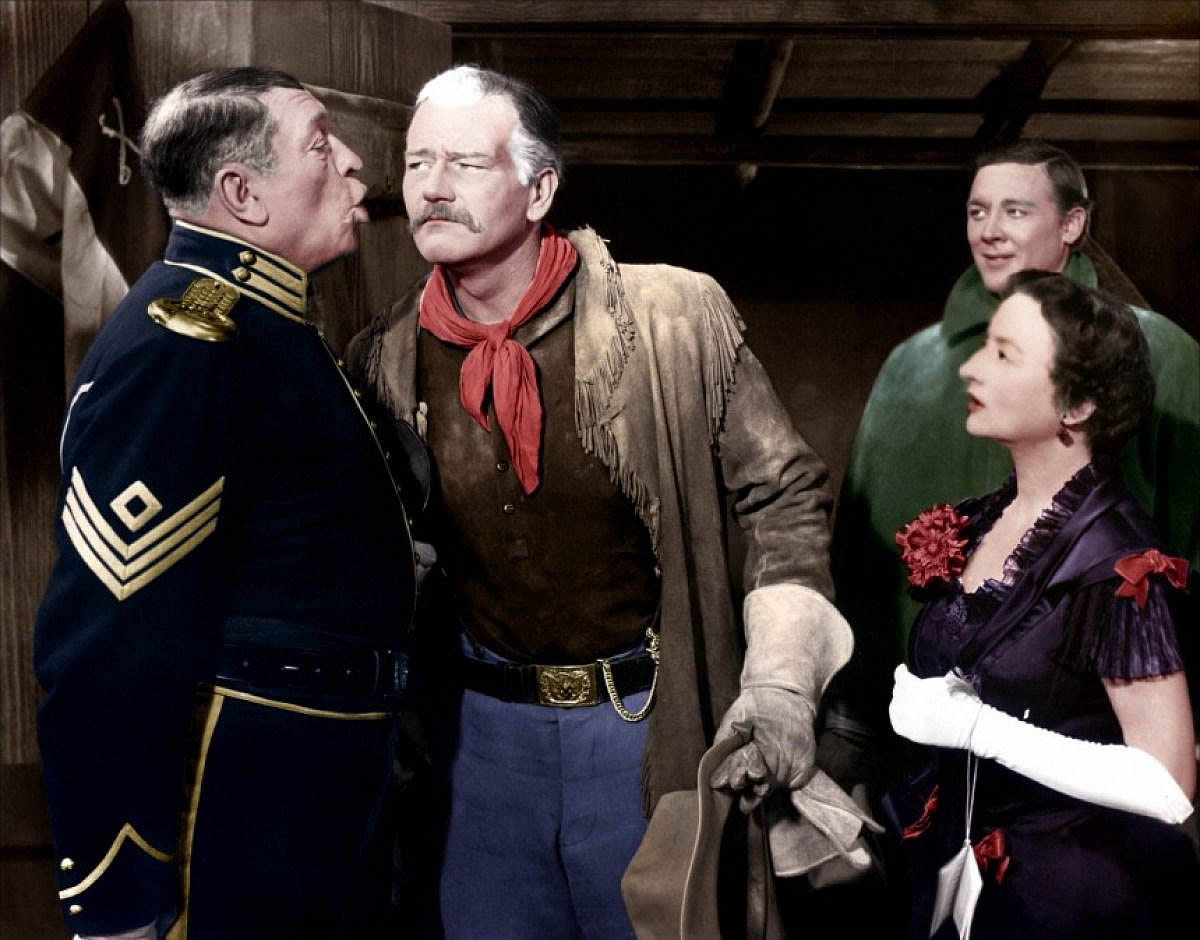Lubitsch’s To Be or Not to Be (1942) was criticized at the time of its release for being too morbid and for taking a serious subject too lightly. Like Chaplin’s The Great Dictator (1940), it attacks Hitler and the Nazi movement with a broad brush. We would call this a black comedy, which is a film that takes an over-the-top, almost farcical approach to a sensitive subject. We’re quite comfortable with this style of comedy today, but in the 1940s, this type of satire in movies was still untested.
In his book Index to the Films of Ernst Lubitsch, Theodore Huff writes:
The Lubitsch burlesque, laid in Nazi-invaded Warsaw, was called callous, a picture of confusing moods, lacking taste, its subject not suitable for fun making. While others felt that such merciless satire and subtle humor were good anti-Nazi propaganda, the picture was, perhaps, ill-timed, doubly so as it opened not long after the death of Carole Lombard, killed in an airplane accident at the height of a brilliant career.
Based on an original idea by Lubitsch and Ninotchka-author Melchior Lengyel, To Be or Not to Be is the story of a small Polish theatrical troupe forced to shut down after the Nazi invasion. Actor Josef Tura (Jack Benny) suspects his wife Maria (Carole Lombard) may be cheating on him. Tura sees the same young Lieutenant (Robert Stack) leave his seat in the theater each night, just as he begins Hamlet’s soliloquy. After a series of comedic twists and turns, the acting group is called on to give the performance of a lifetime. They’ll have to impersonate their Nazi occupiers, or die trying.
The film is full of wonderful Lubitsch touches — nuggets of visual wit and clever dialogue. Memorable lines include:
Colonel Ehrhardt: They named a brandy after Napoleon, they made a herring out of Bismarck, and the Fuhrer is going to end up as a piece of cheese!
Greenberg: Mr. Rawitch, what you are I wouldn’t eat.
Rawitch: How dare you call me a ham?Maria Tura: It’s becoming ridiculous the way you grab attention. If I tell a joke, you finish it. If I go on a diet, you lose the weight. If I have a cold, you cough. And if we should ever have a baby, I’m not so sure I’d be the mother.
Josef Tura: I’d be satisfied to be the father.
If all this sounds vaguely familiar, you may have seen Mel Brooks’ 1983 remake, also titled To Be or Not to Be. It follows the Lubitsch film almost scene for scene. Brooks takes the Jack Benny role, and Brooks’ real-life wife Anne Bancroft takes the Carole Lombard role.
To Be or Not to Be
(1942; directed by Ernst Lubitsch)
The Criterion Collection (Blu-ray and DVD)
Friday, April 12 at 12:30 a.m. eastern (late Thu. night) on Turner Classic Movies
